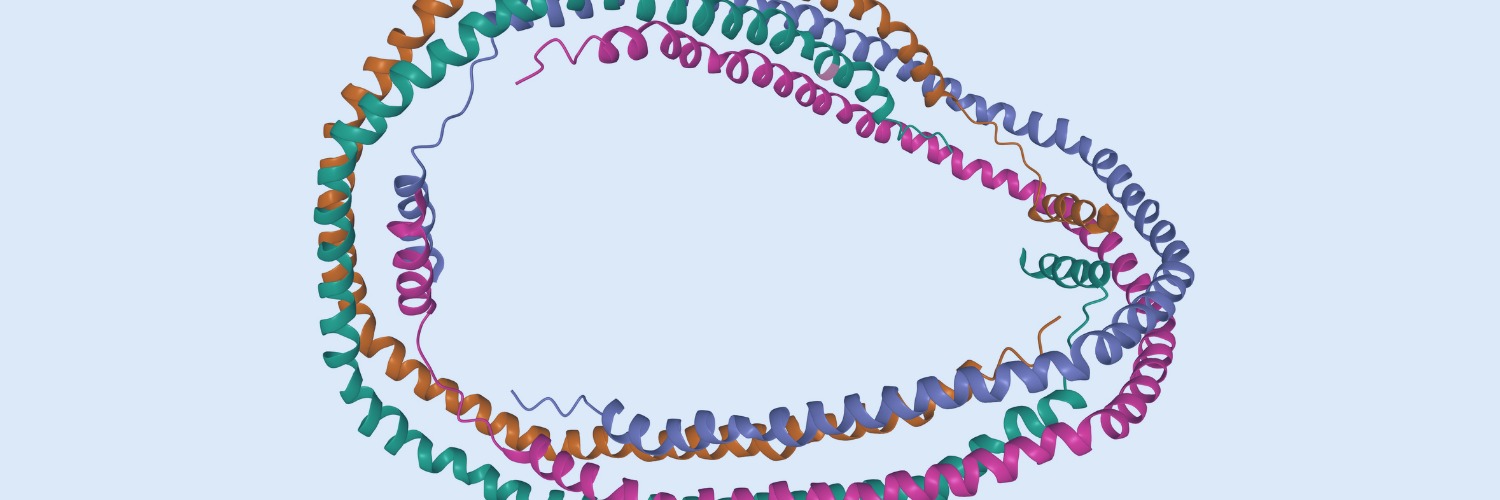Photo Credit: Kubra Cavus
The following is a summary of “Variation in Use of Medications for Opioid Use Disorder in Critically Ill Patients Across the United States,” published in the March 2024 issue of Critical Care by Feeney et al.
Researchers conducted a retrospective study investigating how doctors prescribed medications for opioid use disorder (MOUD) to critically ill patients.
They conducted a multicenter, observational study utilizing the Premier AI Healthcare Database. It took place in U.S. ICUs. Patients who were adults (age ≥ 18) and had a background of opioid use disorder (OUD) were admitted to an ICU (2016 and 2020).
The results showed 108,189 ICU patients across 658 hospitals with a history of OUD, and 20,508 patients (19.0%) received MOUD. Among those receiving MOUD, 13,745 (67.0%) were given methadone, 2,950 (14.4%) received buprenorphine, and 4,227 (20.6%) received buprenorphine/naloxone. MOUD usage was noted in 37.9% of patients who underwent invasive mechanical ventilation. The median initiation day of MOUD was on hospital day 2 (with an IQR of 1–3), and the median duration of MOUD usage was 4 days (with an IQR of 2–8). MOUD usage varied significantly per hospital (with a median of 16.0%, an IQR of 10–24, and a range of 0–70.0%); admitting hospitals accounted for 8.9% of the variance in MOUD usage. Factors associated with reduced odds of receiving MOUD in the ICU included a primary admitting diagnosis of unintentional poisoning (aOR 0.41; 95% CI, 0.38–0.45), the presence of an additional substance use disorder (aOR 0.66; 95% CI, 0.64–0.68), and indicators of greater illness severity.
They concluded that inconsistent use of MOUD for ICU patients with a history of OUD, highlighting the need for improved guidelines.
Source: journals.lww.com/ccmjournal/abstract/9900/variation_in_use_of_medications_for_opioid_use.308.aspx



















